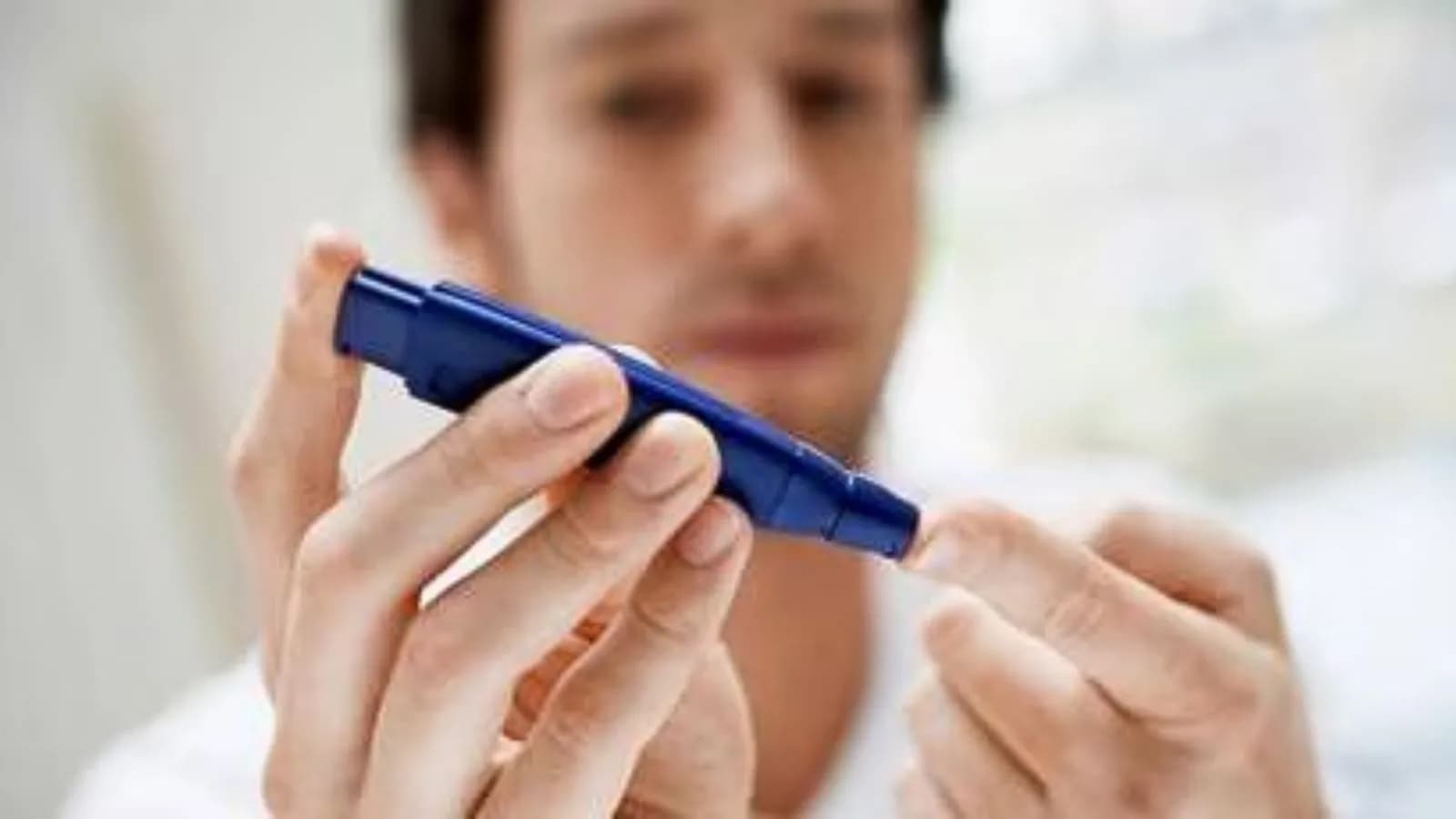When someone undergoes a routine health check and finds their fasting blood glucose level is at 105 mg/dL — slightly above the “ideal” 100 mg/dL mark — the first thought, quite naturally, is, “Am I becoming diabetic?” The short answer: Not necessarily.
“Fasting glucose levels between 100 and 125 mg/dL fall into what we call the ‘pre-diabetes’ range. This doesn’t mean you have diabetes, but it indicates that your body’s ability to manage sugar is under some strain, and it could progress to diabetes if you don’t change your lifestyle,” said Dr Pranav Ghody, consultant endocrinologist and diabetologist, Wockhardt Hospitals, Mumbai Central.
Several reasons explain this situation:
Overnight physiology: During sleep, the liver releases stored glucose to provide energy for essential functions. In some people, this release is slightly higher, which leads to borderline increases, explained Dr Ghody.
Insulin sensitivity: Even in non-diabetics, subtle insulin resistance, often linked to factors such as weight gain, lack of exercise, stress, or genetics, can cause fasting blood sugar levels to rise.
Stress hormones, such as cortisol and adrenaline, which are higher in the early morning, can increase blood sugar levels. “This is known as the dawn phenomenon,” said Dr Ghody.
Other factors, such as poor sleep, late-night meals, alcohol consumption, certain medications, or dehydration, can temporarily raise fasting glucose levels.
The key point is that a single reading of 105 mg/dL is not alarming, but it should not be ignored either. “It’s a gentle wake-up call,” stressed Dr Ghody.
Story continues below this ad
 Here’s what to note (Photo: Getty Images/Thinkstock)
Here’s what to note (Photo: Getty Images/Thinkstock)
What should you do?
Retest: Always confirm with a repeat test in a few months, and also include an HbA1c (3-month average blood sugar)test when possible.
Lifestyle reset: Regular exercise, a balanced diet with fewer refined carbs, adequate sleep, and stress management are your best protective tools.
Annual monitoring: Keep track of your blood sugar yearly, especially if you have a family history of diabetes.
Story continues below this ad
A fasting glucose of 105 mg/dL in a non-diabetic doesn’t mean you already have diabetes, but it does mean your body needs attention. “Think of it as an early warning sign that gives you time to act before things progress,” said Dr Ghody.
DISCLAIMER: This article is based on information from the public domain and/or the experts we spoke to. Always consult your health practitioner before starting any routine.

